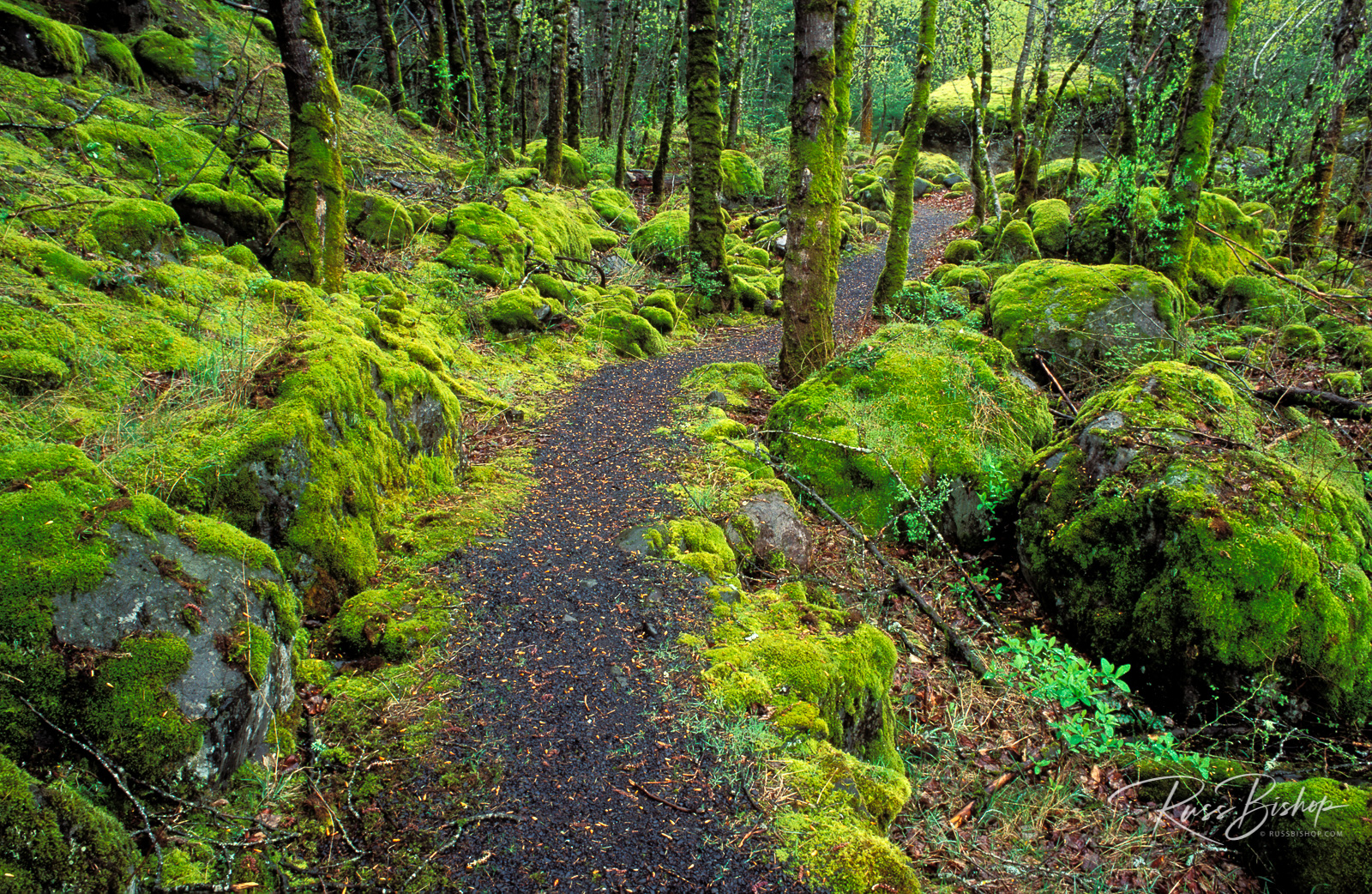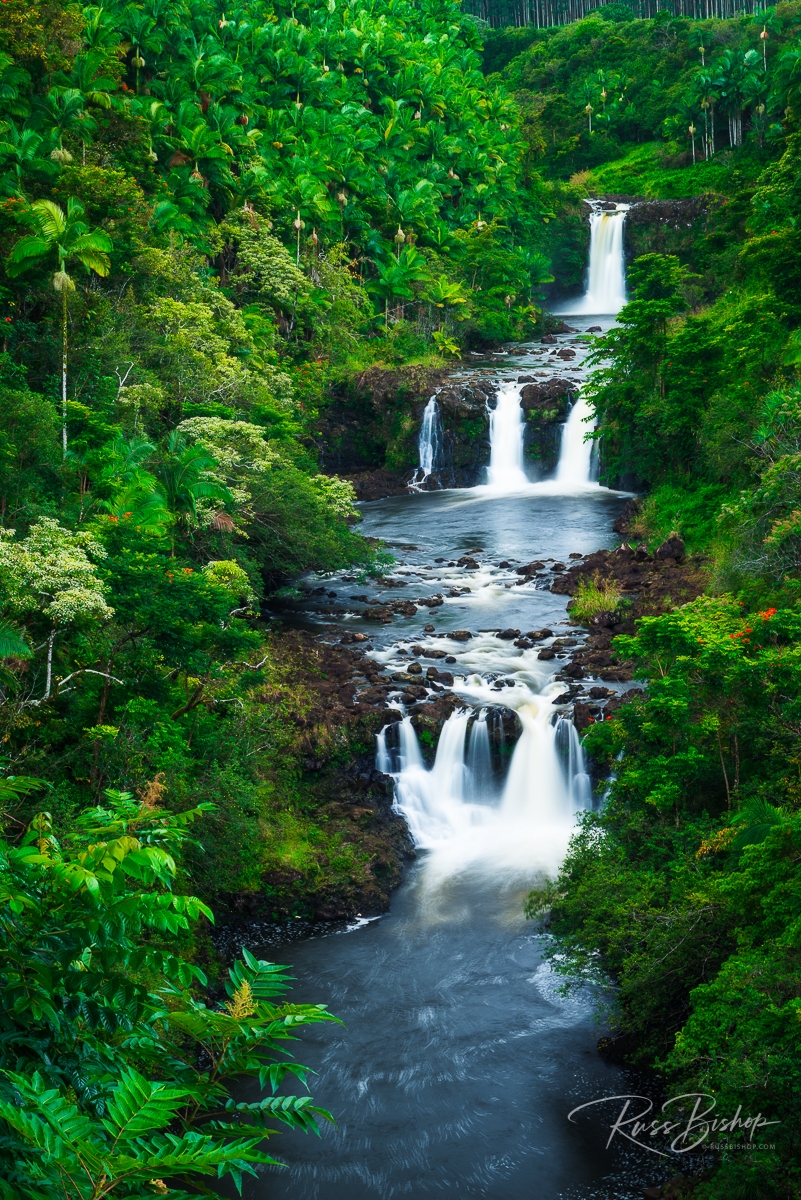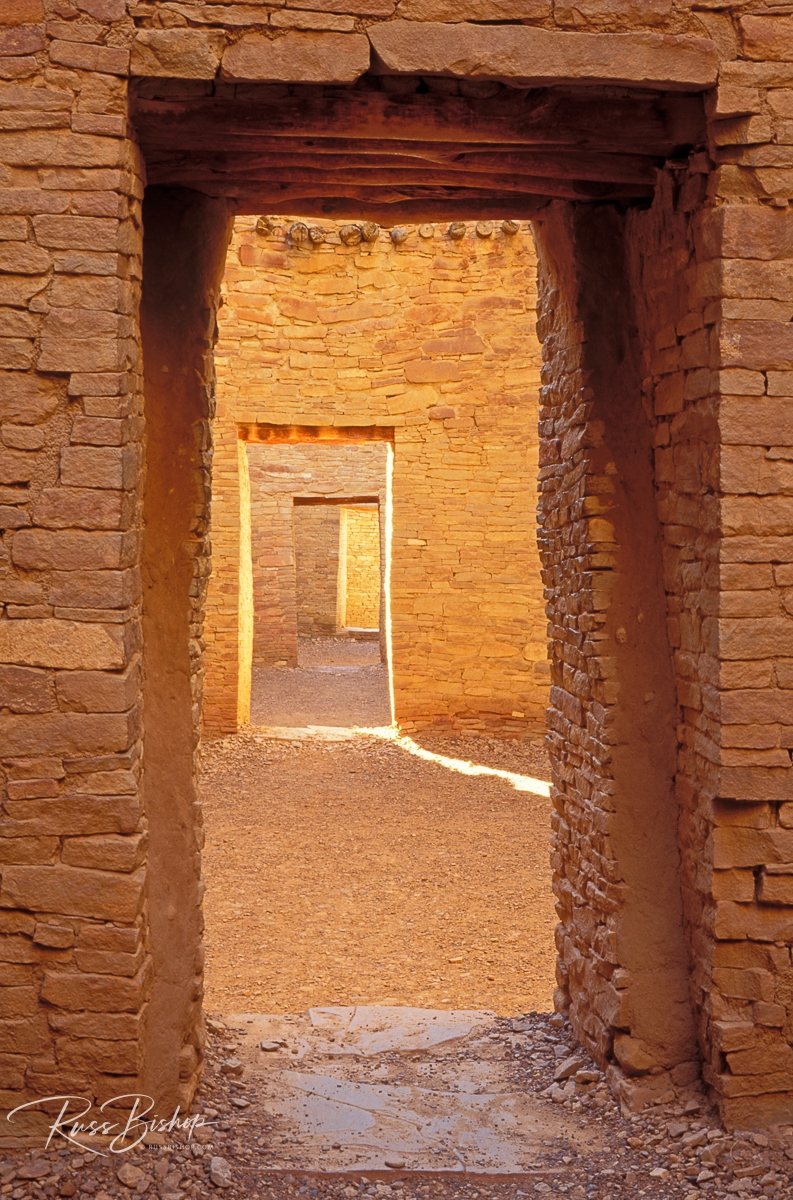
As the world struggles with a pandemic not seen in our lifetime it’s important to focus on the positive. Social distancing and working from home has become the new norm, but creative ways to stay healthy and a shift in the thinking of health care providers have also emerged.
Prior to the current situation an interesting phenomenon had already been taking hold in the medical profession. Just when the cost of health insurance had skyrocketed, doctors across the country began trying a new approach. Instructing their patients to “take a hike” as a prescription for good health – literally.
They’re not trying to show you the door, but instead are medicating patients with nature to treat everything from heart disease to attention deficit disorder. Detailed prescriptions are often written to include park or preserve locations, specific trails and mileage. In many ways, as Ken Burns pointed out in his excellent series “America’s Best Idea”, our national park system can and should be an integral part of our healthcare system.
As a landscape photographer, I typically spend a great deal of time on and off the trail, and I feel fortunate that my work not only helps to protect these special places, but promotes my health in the process. Photography and outdoor recreation have always been an ideal match, and now they can be considered part of your health regimen. They could even lower your medical bills – and that’s an idea worth spreading!
“Those who contemplate the beauty of the earth find reserves of strength that will endure as long as life lasts.” ― Rachel Carson
©Russ Bishop/All Rights Reserved


